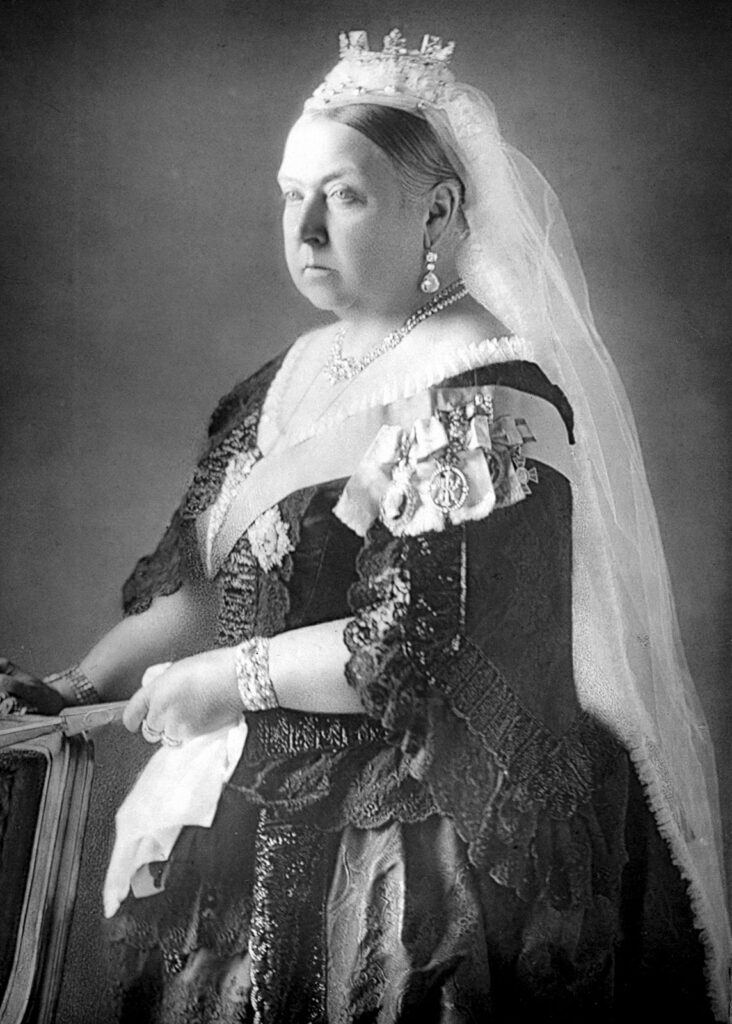Hemophilia Myth #1: The Royal Disease

carrier of hemophilia
Perhaps because hemophilia is so rare, it has generated many myths. Myths are stories, sometimes created by people in an attempt to make something understandable when scientific information is unavailable. Remember the Greek tale of Pandora’s Box? Pandora was the first woman on earth. She was given a wedding gift from the gods, a beautiful container. But she was warned never to open it. Driven by curiosity, she disobeyed the gods and opened it. Inside were evils— hate, disease, pain—that flew out of the container and escaped into the world. This story was invented by the ancient Greeks to explain sickness and suffering, because they didn’t know about bacteria and viruses. Some myths develop from a nugget of fact or experience, but then take on a life of their own within certain cultural settings.
Becoming familiar with the most widely held myths about hemophilia and their sources will help you explain the facts of the disorder to others. During this month, which is Hemophilia Awareness Month, we’ll discuss some common myths about hemophilia.
Myth #1! Hemophilia is a royal disease.
The Truth? Anyone can get hemophilia—rich or poor, famous or unknown. Hemophilia was dubbed the royal disease because in the 1800s, hemophilia affected the family of Queen Victoria of England, who was a carrier of the hemophilia gene. Hemophilia was transmitted to three other royal families when Victoria’s daughters and granddaughters, also carriers, married into the Russian, German, and Spanish royal families. Though it’s no longer known to be present in any European royal family, hemophilia is still often associated with royalty.
Question 1: What type of hemophilia did the English royal family have, A or B?
Question 2: Why does the present royal family no longer have hemophilia?
Order a copy of Alexis: The Prince Who Had Hemophilia to learn more!

